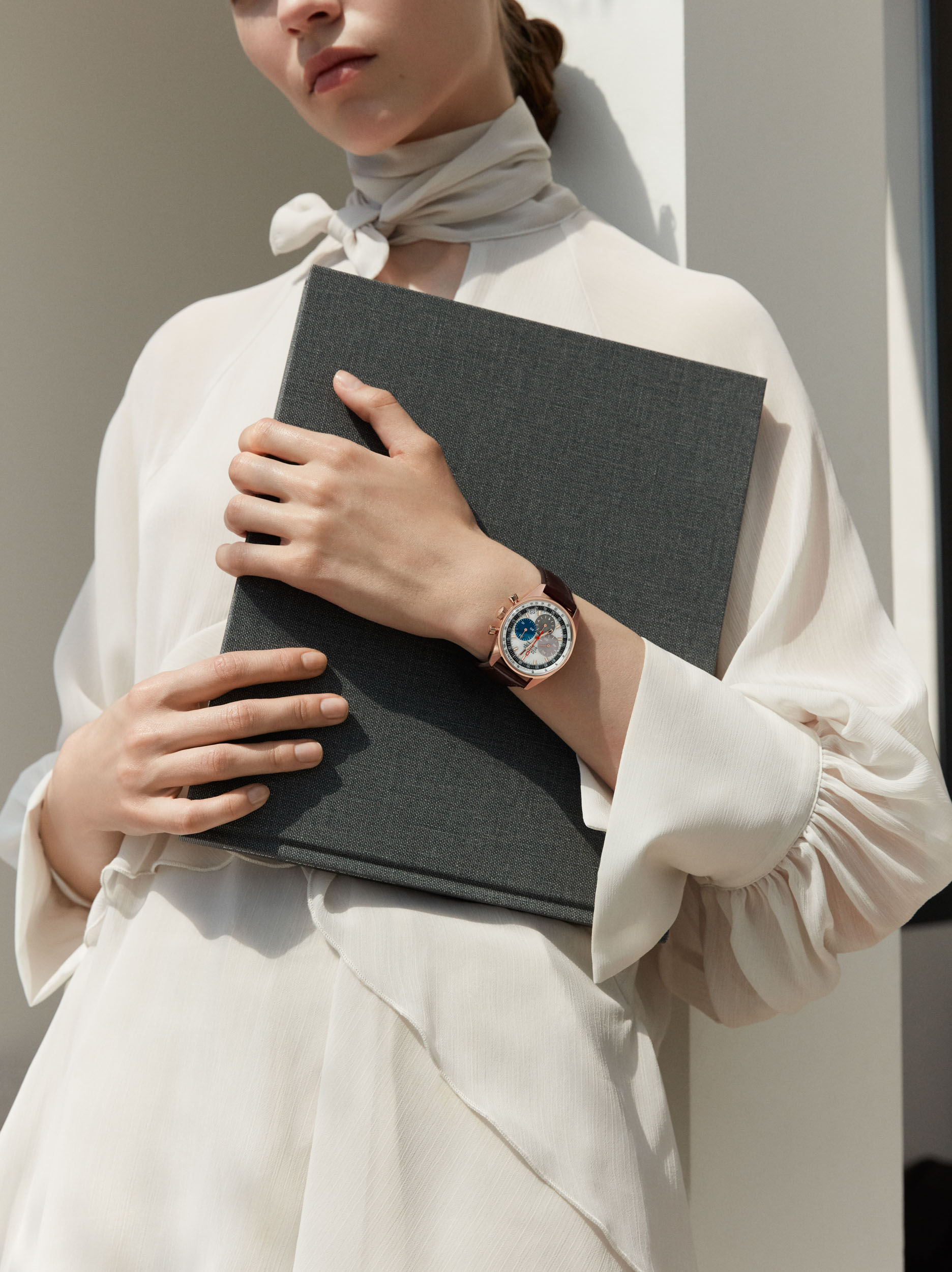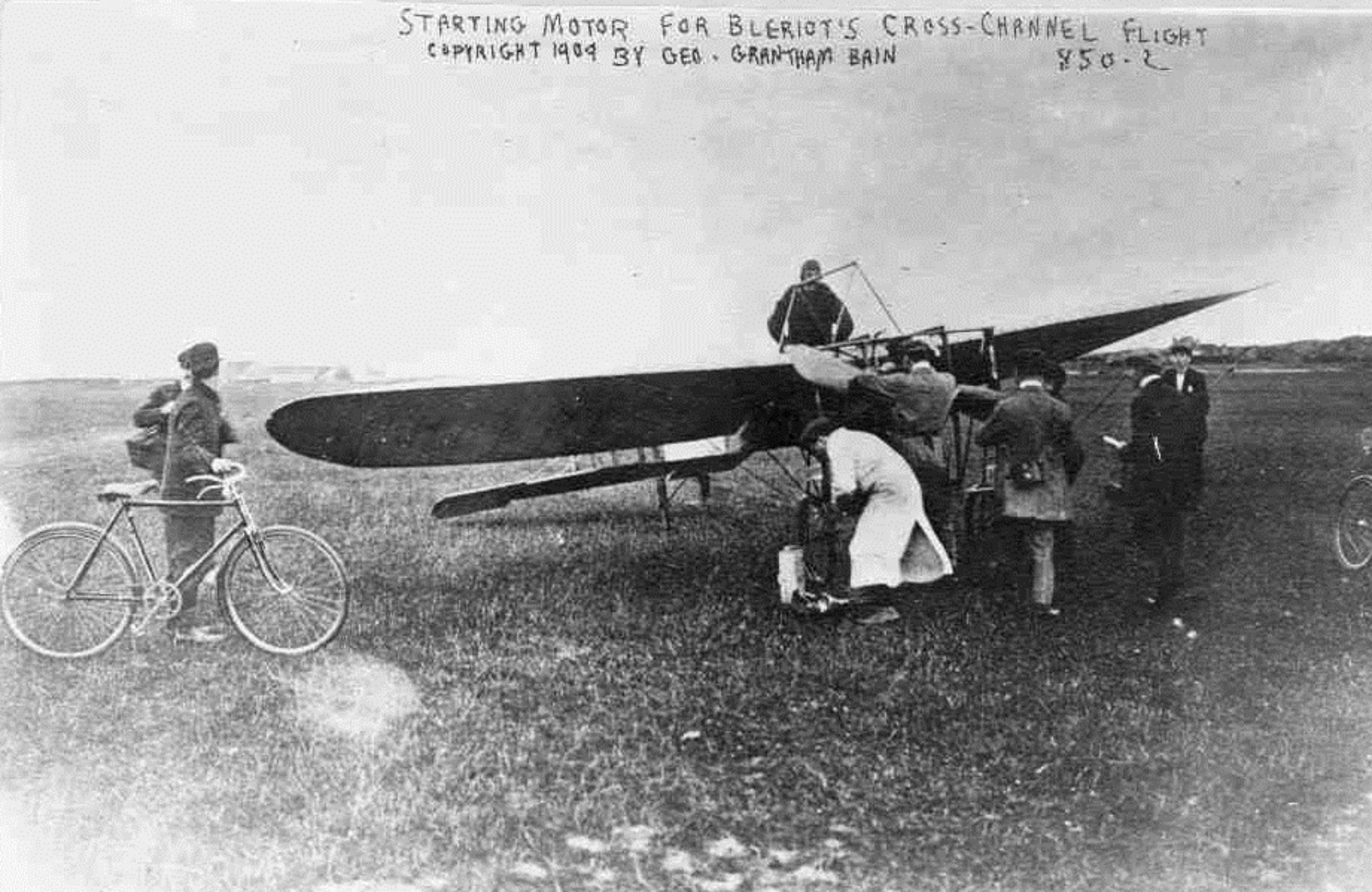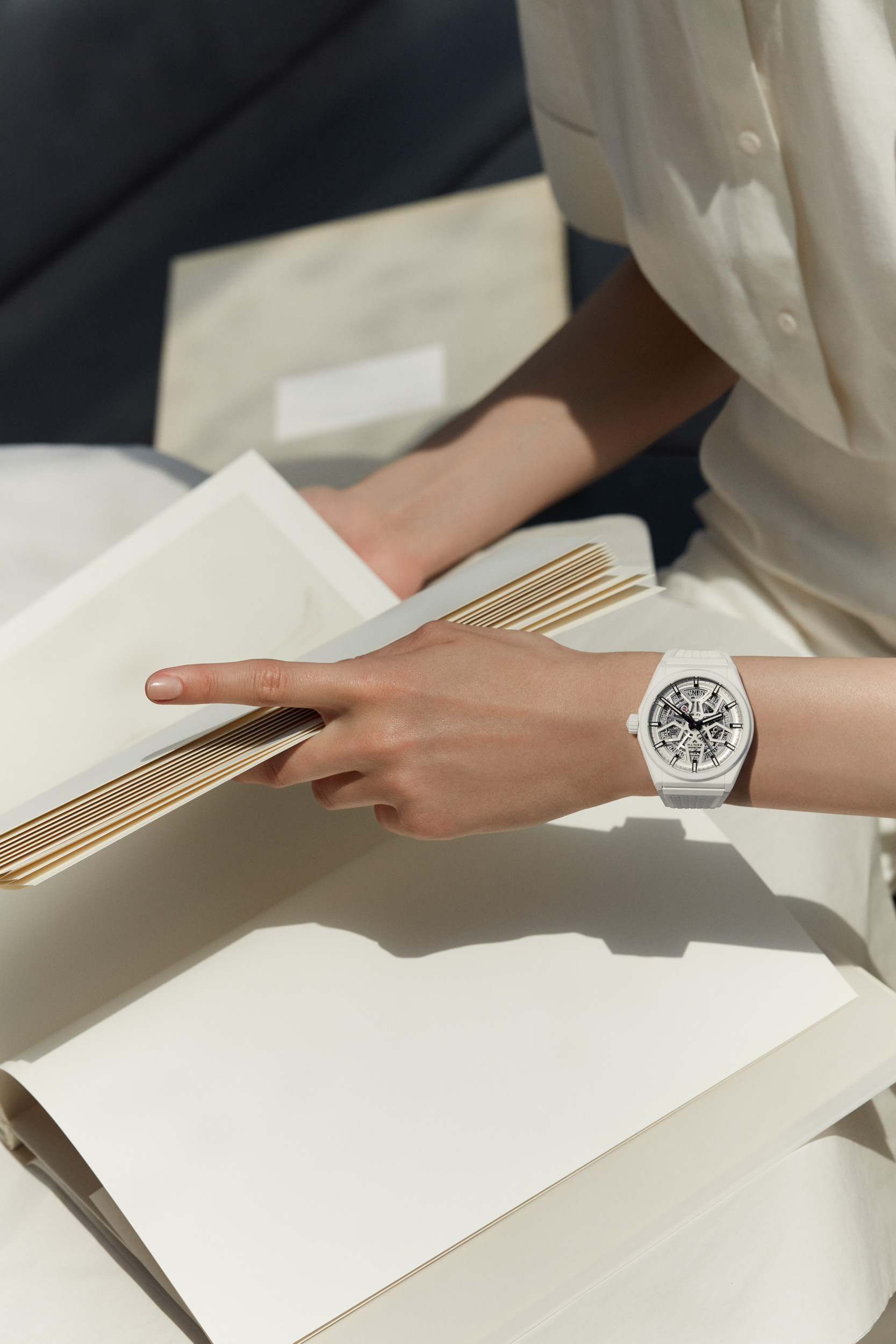New Watch! • 11 Aug 2019
The Legacy of Georges Favre-Jacot at Zenith
There’s a lot to celebrate this year: The Hour Glass turns 40, the El Primero turns 50…and, the jumpsuit turns 100.

Jumping from Jumpsuits to Architecture
Far from being useless trivia, the invention of the jumpsuit was indicative of a society in flux. First found on the battlefield (well above it) and then on the runway, fashion designer Elsa Schiaparelli turned what was previously a functional item into a a fashion piece. It was – like many new things from that era designed according to the principles of “form follows function”, an axiom made popular by the prolific 20th-century architect, Frank Lloyd Wright.

Society in Flux
This way of thinking was a far cry from 18th and 19th-century norms – be that in fashion, architecture or watchmaking, where there was a tendency towards ornamentation and opulence. New technology and machinery made it infinitely easier to prototype, experiment and scale up production. Combined with the rapidly expanding railway and telecommunication network, a growing middle-class and a demographic shift towards the city; all of a sudden, a greater percentage of the population was exposed to, and ultimately willing to invest in new technology, fashion and forms of recreation.

From the Pocket to the Wrist
Watches were no different. With the advent of aviation and the outbreak of WWI, there was a heightened need for a more convenient form of timekeeping. While there are notable examples of women’s watches from the 19th-century, wristwatches were few and far between. It was only during the War that the convenience of an accurate wristwatch became apparent to a wider audience; trench warfare, in particular, highlighted the impracticality of operating a pocket watch in such testing conditions.

This shift in consumer preference was something that Zenith was quick to capitalise on, strapping a wristwatch to French aviator Louis Bleriot as he became the first man to fly across the English Channel in 1909. Saying afterwards, “I am extremely satisfied with the Zenith watch, which I use regularly, and cannot recommend it highly enough to people in search of precision”.

Georges x Corbu
What Zenith’s founder, Georges Favre-Jacot, is perhaps lesser known for, is his extraordinary prescience on matters relating to architecture. Georges founded the first ‘Manufacture’ in the modern sense of the word, bringing together all the necessary components of watchmaking under one roof in 1865. The Zenith Manufacture in Le Locle has since expanded to 18 buildings on the original plot.
He also commissioned the first fully independent project designed by internationally renowned architect and designer, Le Corbusier (excluding the first which was commissioned by Le Corbusier’s parents).

What makes this all the more remarkable is that this was eight years before Le Corbusier was ‘Le Corbusier’. Before that, he went by his birth name, Charles-Edouard Jeanneret. Le Corbusier – or Corbu as his friends would refer to him – would go on to have an indelible impact on 20th-century architecture, working on such projects as the United Nations building, the National Museum of Western Art in Tokyo or the High Court of Justice in Chandigarh, India.

Georges Legacy
The fact that Georges Favre-Jacot, a man who had achieved considerable success and renown, was still willing to invest in somebody who very well could have been a ‘nobody’, says a lot about his ability to recognise talent and to embrace new artistic movements years before everyone else. This wholesale adoption of new ideas lies at the heart of Zenith and is part of the reason why they’ve been so persistent in their quest for innovation. Whether that’s in the form of the groundbreaking El Primero from 1969 or the 18 Hz Defy Inventor Calibre 9100 in 2019, Georges legacy lives on in Zenith’s unyielding pursuit to push the mechanics of watchmaking.













